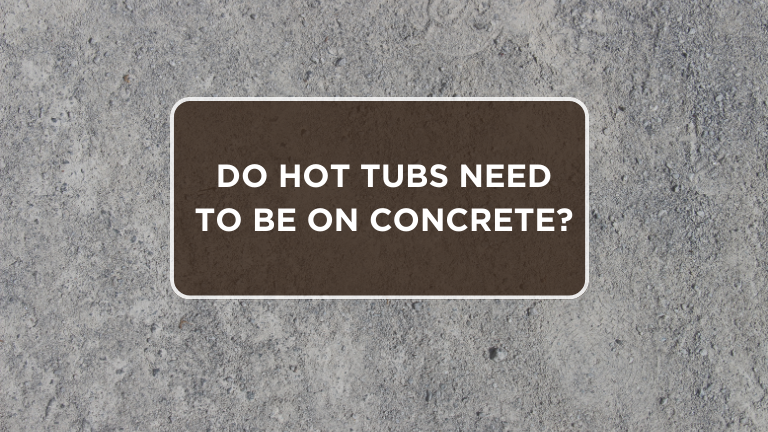Best Hot Tub Handrails: Top Picks for Safety and Comfort
When it comes to enjoying your hot tub, safety and ease of access are paramount. Hot tub handrails not only provide stability but also enhance the overall experience by making entry and exit safer and more comfortable. In this article, we will review the best hot tub handrails available, so you can choose the right … Read more










